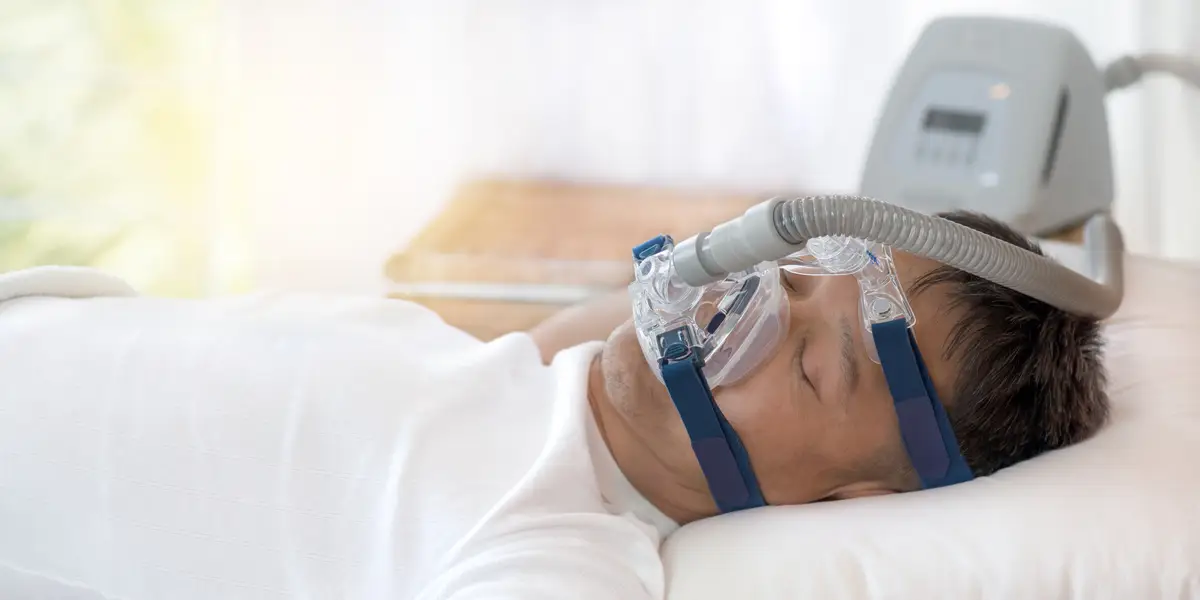Continuous positive airway pressure (CPAP) machines have revolutionized the treatment of sleep apnea, a common sleep disorder characterized by pauses in breathing during sleep. CPAP therapy works by delivering a continuous flow of air through a mask, keeping the airway open and allowing the individual to breathe freely throughout the night. In this comprehensive guide, we’ll explore everything you need to know about CPAP machines, including how they work, their benefits, different types available, and tips for successful CPAP therapy.
Understanding Sleep Apnea
Before delving into CPAP machines, it’s essential to understand the condition they are designed to treat: sleep apnea. Sleep apnea is a sleep disorder characterized by repeated pauses in breathing during sleep. These pauses, known as apneas, can last for several seconds to minutes and can occur multiple times throughout the night. Sleep apnea can lead to a range of health problems, including daytime fatigue, high blood pressure, heart disease, and stroke.
How CPAP Machines Work
CPAP machines work by delivering a continuous flow of air through a mask that is worn over the nose or mouth during sleep. This constant flow of air acts as a pneumatic splint, keeping the airway open and preventing the collapse of soft tissues in the throat that can lead to apneas. By keeping the airway open, CPAP therapy helps individuals with sleep apnea breathe more easily during sleep, reducing the number of apneas and improving the quality of sleep.
Benefits of CPAP Therapy
CPAP therapy offers a wide range of benefits for individuals with sleep apnea, including:
- Improved quality of sleep: CPAP therapy helps to keep the airway open during sleep, allowing for uninterrupted breathing and a more restful night’s sleep.
- Reduced daytime fatigue: By improving the quality of sleep, CPAP therapy can help reduce daytime fatigue and improve energy levels throughout the day.
- Lower risk of health complications: CPAP therapy has been shown to reduce the risk of health problems associated with sleep apnea, including high blood pressure, heart disease, and stroke.
- Improved cognitive function: Adequate sleep is essential for cognitive function, and CPAP therapy can help improve memory, concentration, and overall cognitive function.
Types of CPAP Machines
There are several different types of CPAP machines available, each with its own set of features and benefits. Some of the most common types include:
- Standard CPAP machines: These machines deliver a continuous flow of air at a constant pressure throughout the night. They are simple to use and are often the most affordable option for individuals with sleep apnea.
- Auto-adjusting CPAP machines (APAP): These machines automatically adjust the pressure of the airway based on the individual’s breathing patterns throughout the night. This can help ensure that the individual receives the optimal level of pressure needed to keep the airway open.
- Bi-level positive airway pressure (BiPAP) machines: These machines deliver two different levels of pressure: a higher pressure when the individual inhales and a lower pressure when they exhale. This can be more comfortable for some individuals and may be recommended for those who have trouble tolerating standard CPAP therapy.
- Travel CPAP machines: These machines are designed to be lightweight, portable, and easy to use, making them ideal for individuals who travel frequently or need to use their CPAP machine outside of their home.
Tips for Successful CPAP Therapy
While CPAP therapy can be highly effective in treating sleep apnea, it may take some time to adjust to using a CPAP machine. Here are some tips for successful CPAP therapy:
- Choose the right mask: There are several different types of masks available, including nasal masks, nasal pillow masks, and full-face masks. It’s essential to choose a mask that fits comfortably and does not cause leaks or discomfort.
- Practice good mask hygiene: It’s important to keep your CPAP mask clean to prevent the buildup of bacteria and other contaminants. Wash your mask daily with warm, soapy water and replace it regularly according to the manufacturer’s recommendations.
- Use your CPAP machine consistently: Consistency is key when it comes to CPAP therapy. Make an effort to use your CPAP machine every night, even when you’re traveling or away from home.
- Adjust your sleeping position: Sleeping on your back can increase the risk of airway obstruction and worsen sleep apnea symptoms. Try sleeping on your side instead to help keep your airway open.
- Stay patient: It may take some time to get used to using a CPAP machine, but don’t get discouraged. Stick with it, and soon you’ll start to experience the benefits of improved sleep and better overall health.
Conclusion
In conclusion, CPAP machines are a highly effective treatment option for individuals with sleep apnea. By delivering a continuous flow of air through a mask, CPAP therapy helps keep the airway open during sleep, reducing the number of apneas and improving the quality of sleep. With a wide range of CPAP machines available, as well as helpful tips for successful CPAP therapy, individuals with sleep apnea can take control of their condition and enjoy improved sleep and better overall health.

